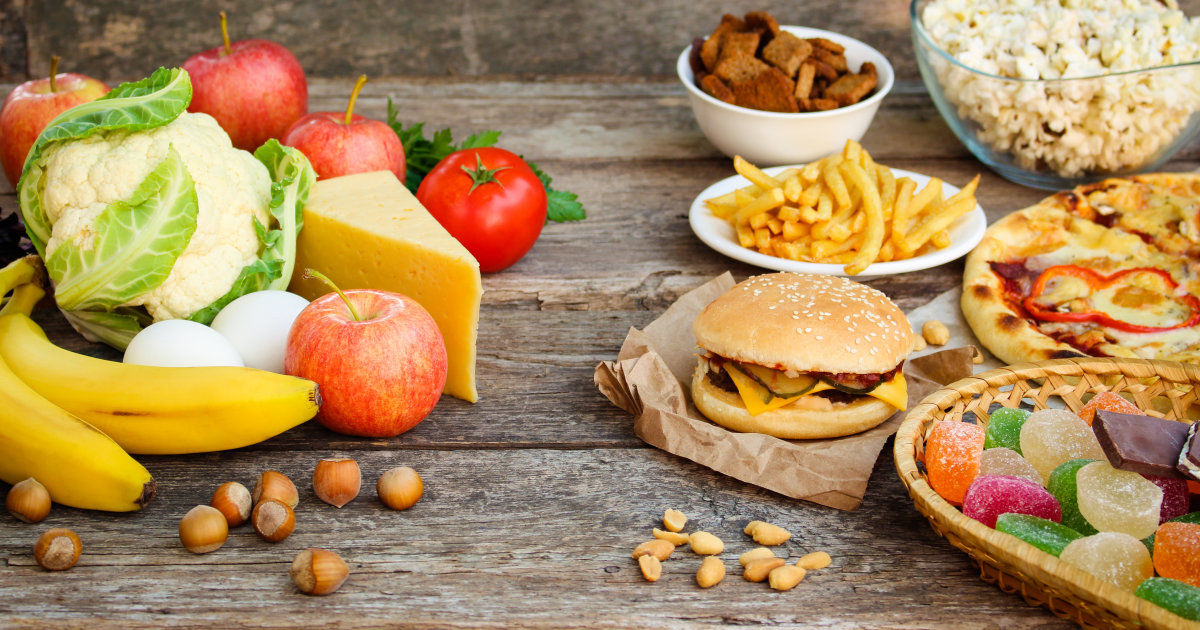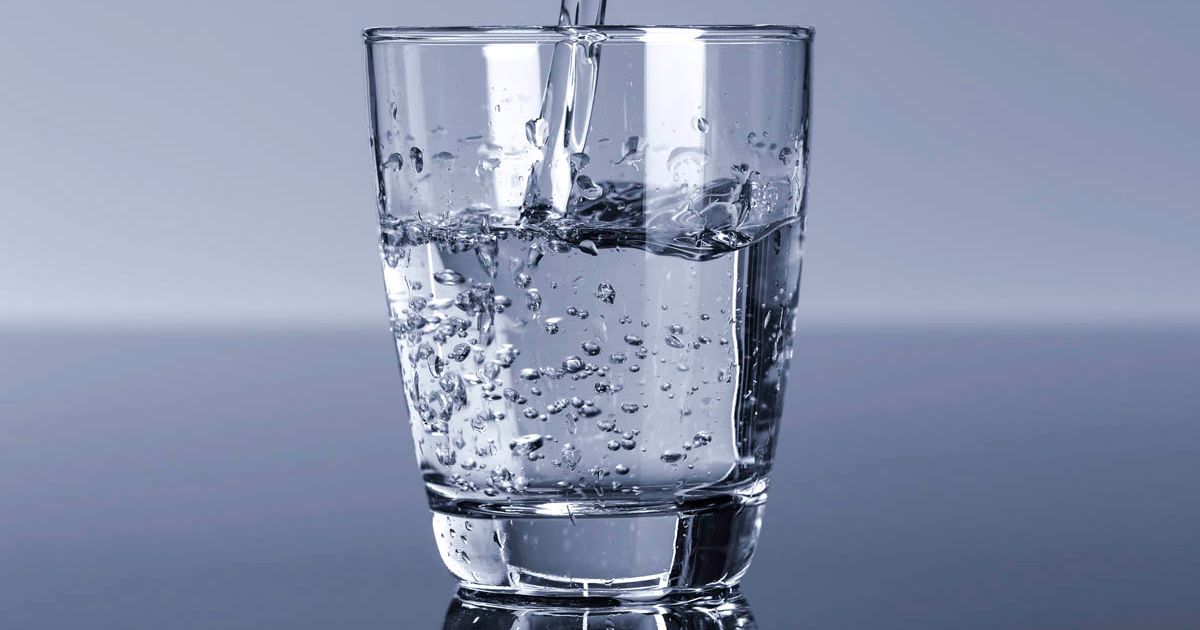What Is The Gastric Sleeve Diet?
Deciding to get gastric sleeve surgery is a serious decision, as it is a major operation that involves removing part of the stomach. Making the stomach smaller will prevent an individual from eating as much food and taking in a lot of calories. It is a tool that will aid in weight loss, but patients must know what foods to eat and what foods to stay away from. There is a standard diet doctors recommend for patients to immediately after and up to about a month to six weeks after the surgery. The diet helps the patient's new stomach get used to different textures without being strained or stretched. It's essential to incorporate new foods without causing any pressure or damage to the internal staples.
The Basics

The goal of gastric sleeve surgery is to help the patient lose weight by making their stomach smaller. So, if someone could typically eat three sandwiches for dinner before surgery, they may only be able to eat a half a sandwich. The body is also likely to reject certain kinds of foods after surgery. Patients may find they cannot eat a lot of bread or eating something fried makes them sick. This can be a good thing because these are things individuals should try to stay away from in their new diet.
Individuals who receive gastric sleeve surgery need to stay away from sugary foods and empty calories. Instead, they need to fuel their body with protein and nutrients that will help it function better and more efficiently. The gastric sleeve diet is meant to heal the body after surgery and let individuals incorporate and learn what food their body will respond to positively and in a gradual manner. Their stomach will tolerate more solid foods as time goes by, so it is important to understand what they should eat and when.
Phase One Of The Diet

Immediately after surgery, patients will be limited to clear liquids only during phase one of the diet, which typically only lasts for a few days to a week. It allows the body to begin healing and prevents any pulling or pushing on the internal staples holding the patient's newly formed stomach together. Clear liquids include water, broth, jello, sugar-free popsicles, and decaf tea or coffee.
Even though patients will not be able to drink large amounts of clear liquids at one time, they must sip on them throughout the day. It is important to get in as much fluid as possible so they can stay hydrated. Hydration will help the body heal and keep the balance of electrolytes, so the patient's organs and systems continue to work properly. During this time, patients might not find they are very hungry, so being limited to clear liquids is not usually a big problem for most patients.
